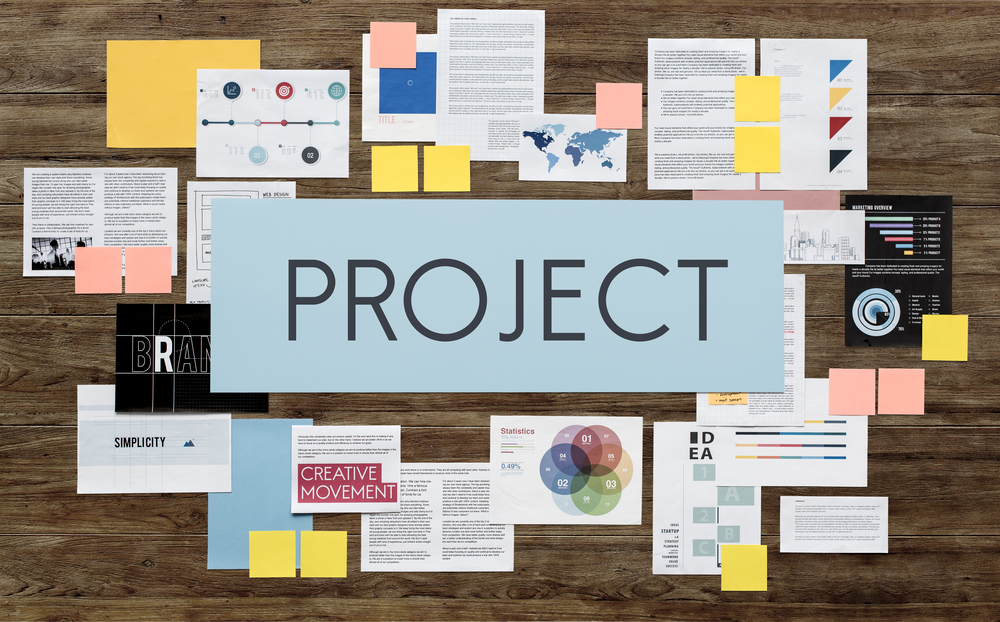The 2024 Guide To Project Portfolio Management (PPM)

Introduction
In the fast-paced world of business, managing multiple projects effectively is crucial. Project Portfolio Management (PPM) is a structured approach to overseeing a company's projects, ensuring they align with strategic goals and deliver maximum value. This guide will walk you through the essentials of PPM in 2024, covering its benefits, key components, implementation strategies, and future trends.
What is Project Portfolio Management?
Project Portfolio Management is the centralized management of processes, methods, and technologies used by project managers and project management offices (PMOs) to analyze and manage current or proposed projects. PPM's main goal is to ensure that a company's projects are aligned with its strategic objectives and deliver the expected value.
Benefits of Project Portfolio Management
1. Alignment with Strategic Goals: PPM ensures that all projects support the organization’s strategic objectives, optimizing resources and efforts.
2. Improved Resource Management: By providing a clear view of all projects, PPM helps in better allocation and utilization of resources.
3. Risk Management: Identifying and mitigating risks across the portfolio becomes easier with a holistic view.
4. Enhanced Decision Making: Real-time data and insights help in making informed decisions.
5. Increased ROI: By prioritizing high-value projects, organizations can maximize their return on investment.
Key Components of PPM
1. Project Selection and Prioritization: Establish criteria to evaluate and prioritize projects based on their strategic value, risk, and resource requirements.
2. Resource Allocation: Efficiently distribute resources across projects to ensure optimal utilization.
3. Performance Management: Monitor and measure the performance of projects to ensure they are on track and delivering expected outcomes.
4. Risk Management: Identify, assess, and mitigate risks across the portfolio to avoid potential tasks.
5. Financial Management: Track and manage the financial aspects of the project portfolio, including budgeting and forecasting.
6. Governance: Establish a framework of policies and procedures to ensure consistent management practices across the portfolio.
Implementing PPM in Your Organization
1. Define Objectives and Goals: Clearly outline what you want to achieve with PPM.
2. Establish a PPM Framework: Develop a standardized approach for managing your project portfolio.
3. Select PPM Tools: Choose software that fits your organization's needs and integrates with existing systems.
4. Develop Processes and Methodologies: Create processes for project selection, prioritization, resource allocation, and performance monitoring.
5. Train Your Team: Ensure that all stakeholders understand the PPM processes and tools.
6. Monitor and Improve: Continuously track the performance of your PPM processes and make necessary adjustments.
Popular PPM Tools in 2024
1. Microsoft Project Online: A comprehensive PPM solution with robust features for project planning, resource management, and portfolio optimization.
2. Smartsheet: Known for its user-friendly interface and flexibility, Smartsheet is a powerful tool for project and portfolio management.
3. Asana: With its intuitive design and collaboration features, Asana helps teams manage projects effectively and align them with business goals.
4. Jira Portfolio: Ideal for agile teams, Jira Portfolio provides advanced roadmapping and resource management capabilities.
5. Planview: A leading PPM tool that offers extensive features for portfolio management, resource planning, and financial management.
6. Stintar: Emerging as a strong contender in the PPM space, Stintar provides an integrated platform with AI-driven insights, real-time collaboration tools, and robust analytics to help organizations manage their project portfolios efficiently.
Trends Shaping PPM in 2024
1. Artificial Intelligence and Machine Learning: AI and ML are transforming PPM by providing predictive analytics, automating routine tasks, and enhancing decision-making capabilities.
2. Remote and Hybrid Work: As remote and hybrid work models continue to grow, PPM tools are evolving to support distributed teams with real-time collaboration and communication features.
3. Increased Focus on Sustainability: Organizations are increasingly prioritizing projects that contribute to sustainability goals, integrating environmental and social criteria into project selection processes.
4. Integration with Agile Methodologies: Combining PPM with agile practices allows for more flexibility and adaptability in managing project portfolios.
5. Advanced Analytics and Reporting: Enhanced data analytics and reporting capabilities are providing deeper insights into project performance and portfolio health.
Conclusion
Project Portfolio Management is a critical discipline for organizations aiming to optimize their project outcomes and align them with strategic objectives. By implementing effective PPM practices, using the right tools, and staying abreast of emerging trends, businesses can ensure they are well-positioned to succeed in 2024 and beyond. Whether you are new to PPM or looking to enhance your current processes, this guide provides a comprehensive overview to help you navigate the complexities of managing a project portfolio.